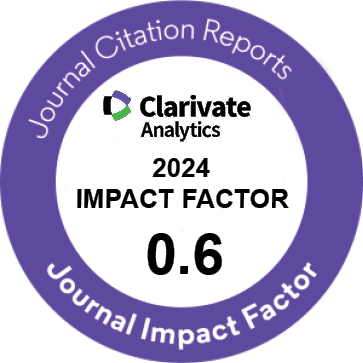| Original Article | |
| Suction and Evacuation for Management of Postpartum Hemorrhage | |
| Bela Makhija, Arpana Haritwal, Manjeet Arora, Dipti Agrawal | |
| Department of Obstetrics and Gynaecology, Batra Hospital and Medical Research Centre, Tughlakabad Institutional Area, New Delhi, India | |
|
IJWHR 2014; 2: 278–280 DOI: 10.15296/ijwhr.2014.44 Viewed : 5292 times Downloaded : 6266 times. Keywords : Suction Evacuation, Postpartum Hemorrhage, Cannula, Atonic Uterus |
|
| Full Text(PDF) | Related Articles | |
| Abstract | |
Objective: To report the authors' experience in Suction and Evacuation with cannula followed by maintenance of negative pressure in the uterine cavity by keeping the cannula inside for 20-30minutes, which was performed for controlling intractable postpartum hemorrhage (PPH) in a tertiary care hospital. Material and Methods: This is a retrospective observational study carried out from July 2011 to December 2012 at our institute. Nine patients who delivered either vaginally or via caesarian section and developed primary PPH refractory to conventional medical treatment, were included in the study. Suction and evacuation of the uterine cavity was done and then the cannula was kept inside the uterine cavity for 20-30 minutes thereby maintaining negative pressure (400-600mmHg) in the cavity. Data were retrieved from patients' hospital records. Results: Intractable primary hemorrhage was encountered in 9 patients of whom 6 had bleeding after caesarian section and 3 after vaginal deliveries. Uterine atony due to prolonged labour was the commonest cause. Hemorrhage was effectively controlled in 8 out of 9 cases (88.9%) and hysterectomy was avoided. In one patient (11.1 %) the procedure failed and life saving hysterectomy was done to control the bleeding. This approach not only controls PPH but also preserves the woman´s reproductive functions and avoids hysterectomy and its related complications and consequences. Conclusion: This is a simple conservative surgical method to treat PPH in low resource settings. It requires minimal training, conserves the uterus, and is technically less challenging and associated with less blood loss than hysterectomy. |
Cite By, Google Scholar
PubMed
Online Submission System
 IJWHR ENDNOTE ® Style
IJWHR ENDNOTE ® Style
 Tutorials
Tutorials
 Publication Charge
Women's Reproductive Health Research Center
About Journal
Publication Charge
Women's Reproductive Health Research Center
About Journal
Aras Part Medical International Press Editor-in-Chief
Arash Khaki
Mertihan Kurdoglu Deputy Editor
Zafer Akan






















